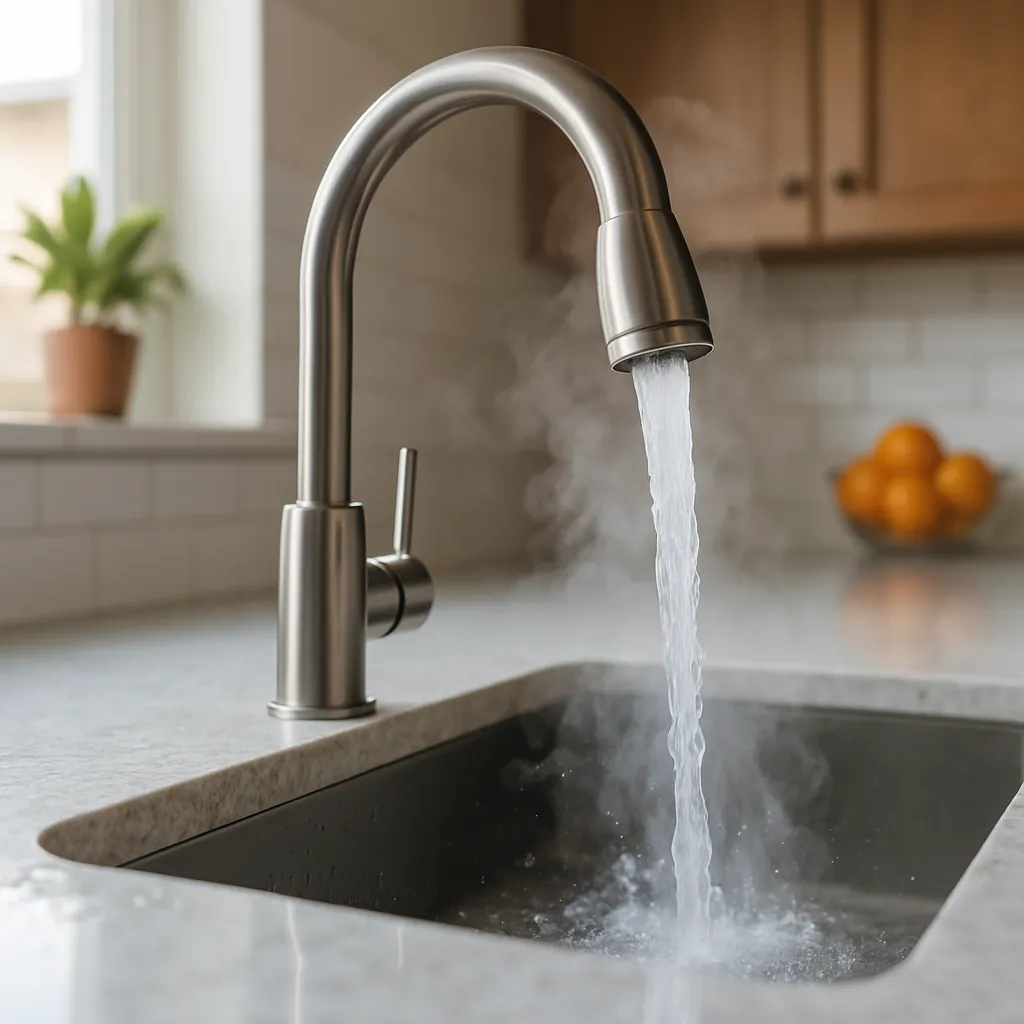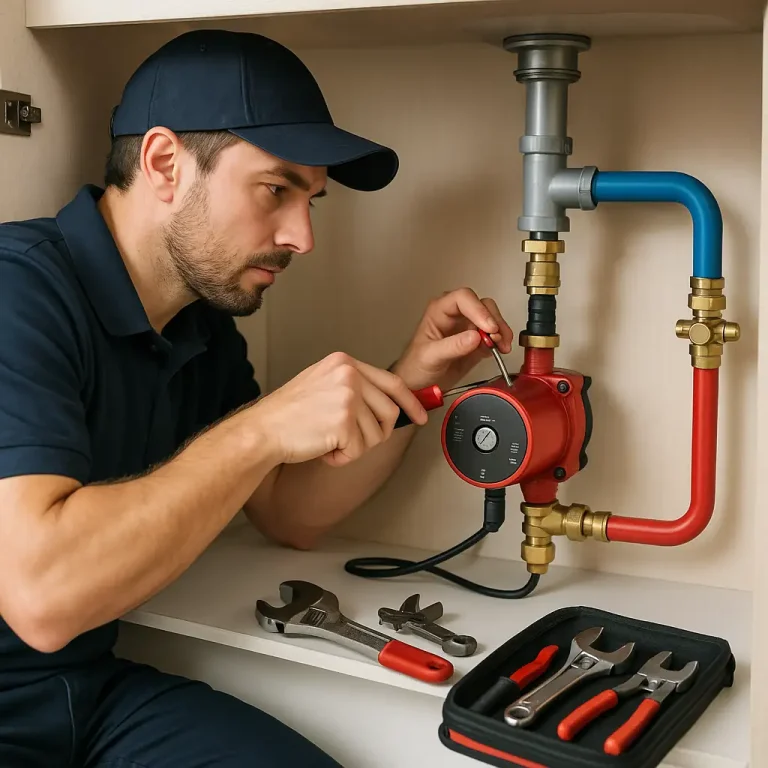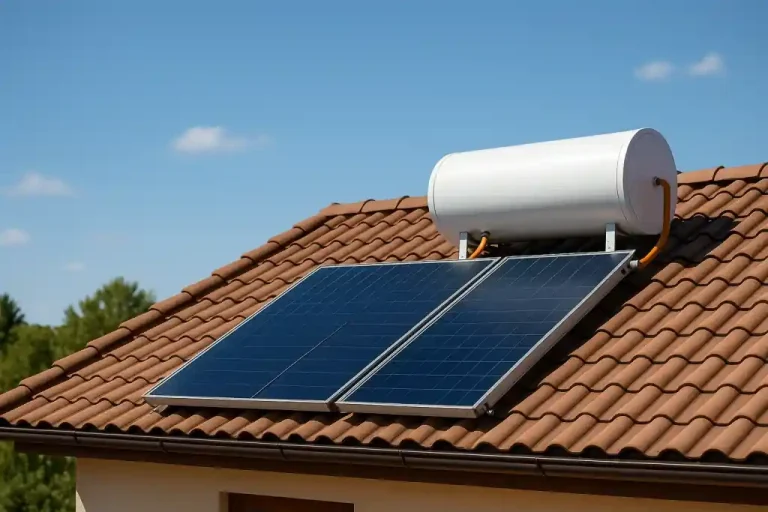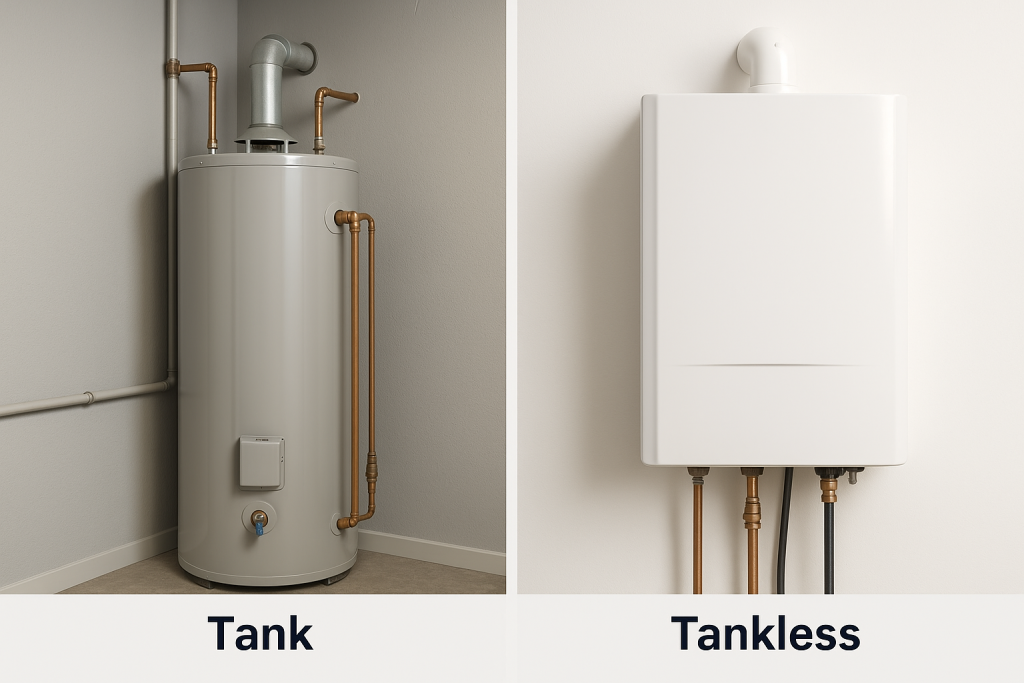
When it comes to modern home comfort, the phrase recirculating water heater info sets the tone for a system designed to change the way you get hot water. Rather than waiting for the tap to warm up or wasting gallons of water down the drain, a recirculating water heater system ensures that hot water is always ready when you need it. In this article, we’ll explore how these systems work, their benefits, what to look out for, and how to keep them running smoothly.
What Is a Recirculating Water Heater?
A recirculating water heater system is built to maintain hot water in your pipes so that when you turn on the faucet, hot water arrives virtually immediately. Instead of allowing the water to cool down inside the plumbing lines, a recirculation loop or pump actively moves heated water through the lines and either sends it back to the tank or maintains a hot-water loop. This reduces the wait time and water waste compared to traditional systems. As one plumbing service provider explains, Instead of letting water sit and cool in the pipes, a recirculating water pump for hot water heater continuously. circulates hot water back to the tank or through a loop.
Key Benefits of Installing a Recirculating System
Immediate hot water at every tap: No more waiting for water to warm up while wasting precious gallons. With a recirculating system, the pump (or loop) keeps the water ready to go.
Reduced water waste: Every time you wait for cold water to become hot, you’re losing water down the drain. A recirculating system eliminates that delay. For water-conscious homeowners, this adds up. As noted, By reducing the time spent waiting for hot water, a recirculating system conserves thousands of gallons annually.
Lower energy and utility bills: When hot water reaches the tap faster, your heater doesn’t need to work as hard. Modern recirculating pumps with smart features like timers, motion sensors, or thermostatic controls maximize efficiency and help reduce energy consumption.

What Installation Looks Like
When you’re ready to install a recirculation system, know that there are multiple options depending on your home’s layout and your comfort goals:
- Continuous loop with return line: A dedicated return line keeps hot water circulating constantly. Best for homes where instant hot water is a high priority, but may use more energy if not controlled.
- On-demand recirculating pump: This activates only when needed (a button, motion sensor, or timer triggers it). More efficient and ideal for retrofit situations.
- Under-sink retrofit pumps: These less invasive options allow for recirculation without a full-loop installation suitable if you have existing plumbing without a dedicated return line.
Repair & Replacement: What to Watch For
Even the best systems will eventually need attention. Typical signs that a recirculating setup may require repair or replacement include:
- The pump is noisy, making unusual motor sounds.
- Hot water arrives more slowly than usual, or the temperature is inconsistent.
- Visible leaks around fittings or in the pump assembly.
- The system is aging (many pumps last about 10-15 years with proper care) and may need replacement to maintain efficiency.
When a full replacement is needed, homeowners often reevaluate whether to stick with a tank system plus recirc pump or upgrade to a tankless model with recirculation. Tankless combo systems deliver endless hot water with excellent efficiency and space saving.

Choosing the Right System & Keeping It Efficient
When discussing installation, it’s important to think about cost, efficiency, and longevity. Upfront installation costs vary: simpler under-sink systems cost less; whole-home loops or tankless-compatible systems cost more. But the long-term payoff often comes via savings on water and energy bills.
For best results:
- Choose a pump with timer or motion sensor controls to avoid excessive energy use.
- Ensure proper sizing and installation by a licensed professional incorrect piping or pump sizing diminishes performance.
- Maintain the system regularly (inspect for leaks, flush system if needed, check pump motor condition) to extend lifespan.
- Consider your home layout: large homes with distant bathrooms or complex plumbing benefit the most from a well-designed loop.
Final Thoughts
Investing in a recirculating water heater system is a smart move if you value convenience, comfort, and conservation. It brings hot water instantly to your faucet, reduces water waste, and can lower utility bills when properly installed and maintained. While the initial cost may give some homeowners pause, the benefits in everyday comfort and long-term savings are hard to ignore. Whether you’re working with an existing setup or considering an upgrade, a recirculating system is worth exploring.



